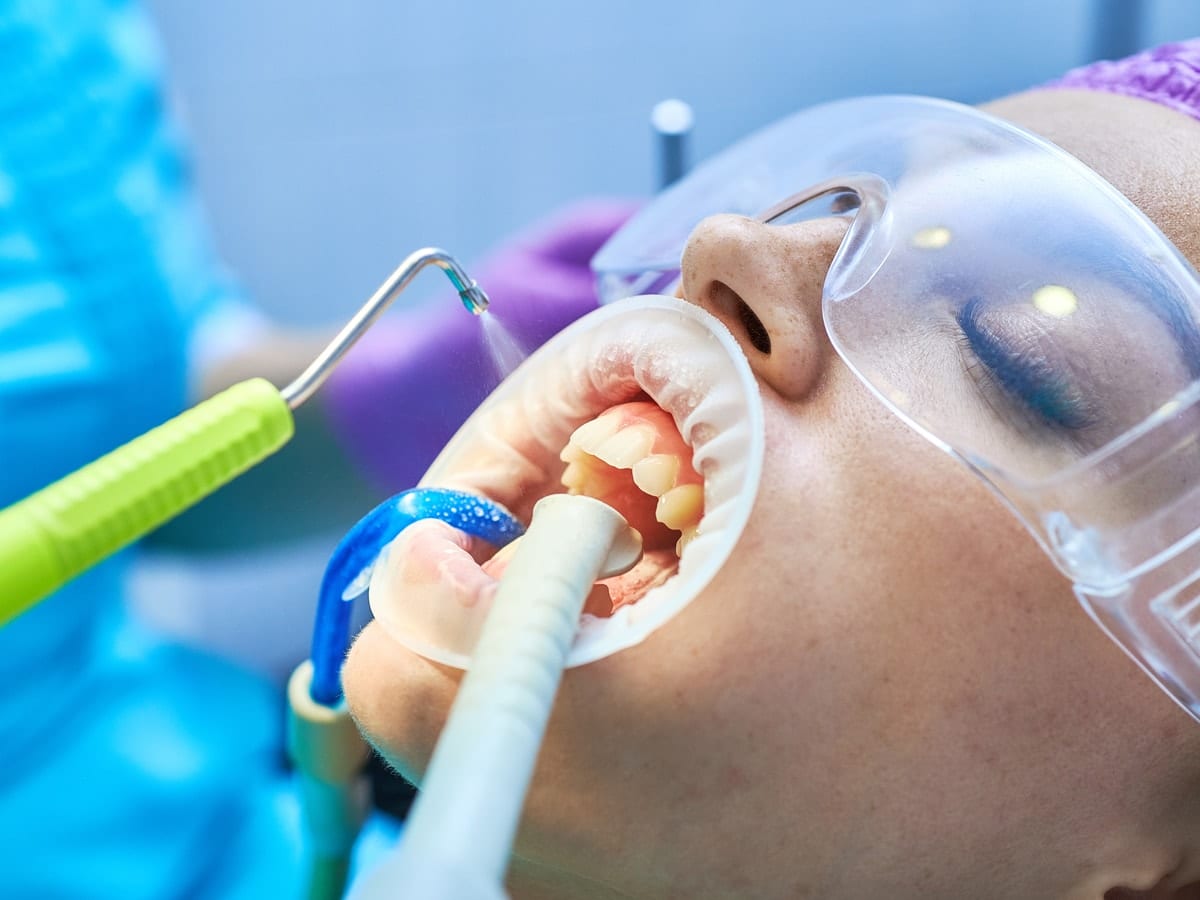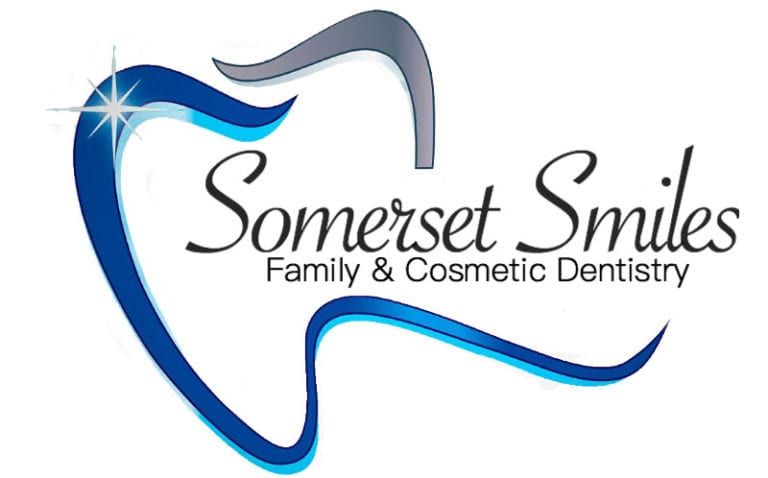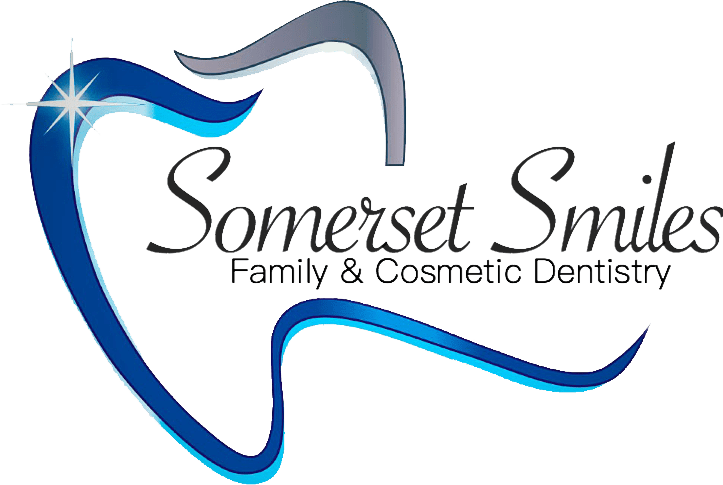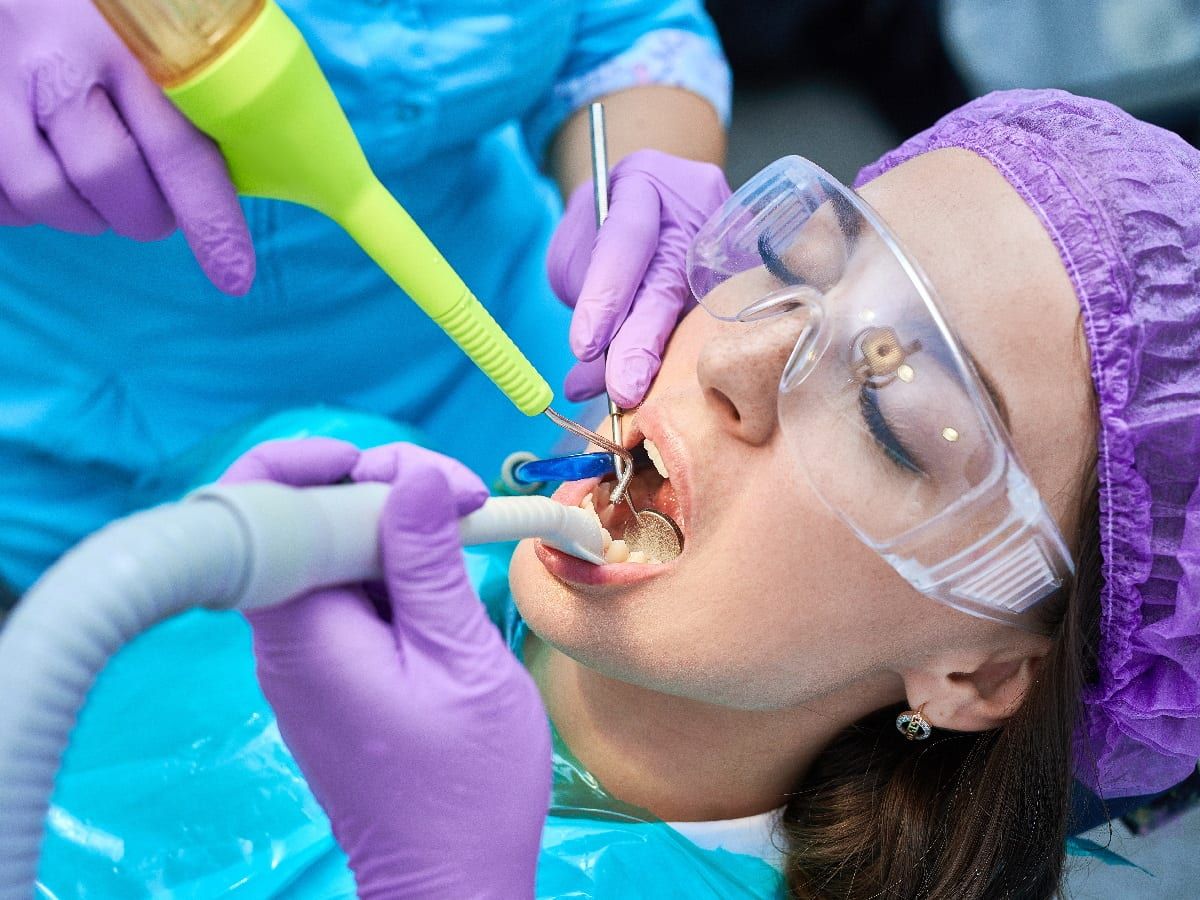There is a sound that some patients cannot abide, and that’s the high-pitched whine of the traditional drill. These patients often carry a mild to a severe fear of this same device that its sound only makes worse. Dental technology has provided a method of performing the same procedures that the drill was designed for using something much more benign than a high-speed bit, air. While there are still situations that the traditional drill is the only answer for, the air drill has shortened that list.
What Is Air Abrasion?
Air abrasion is a technique used to eliminate decay from a tooth without the use of a dental drill. Instead, high-pressure air carrying particles of aluminum oxide is used to extract decay in the same manner that a sandblaster can eliminate rust from a metal wall. Using this technique, decay can be quickly and painlessly eroded away, without a bit and without the high-pitched whine of dental drills. In some cases, the mixture used to abrade the decay is a mixture of baking soda. As the decay is being removed, it is removed by suction utilizing a thin tube.
Is Air Abrasion Safe?
The process of air abrasion has been determined to be safe and proven to be the same via countless procedures performed using it. Both the patient and the performing dentist need to use protective eyewear along with the use of protective resin or a rubber dam to protect neighboring teeth and gums. The suctioning action of the tube also ensures the patient doesn’t inhale the particles.
Why Should I Get Air Abrasion?
Air abrasion has a number of benefits above traditional drilling. The most prominent is the protection of healthy tooth tissue, reduced reliance on anesthesia, and concerns over chipping or fracturing the tooth. Air abrasion also doesn’t generate vibration, heat, or pressure. It’s also a relatively simple process that has fewer potential side-effects or risks.

What Risks Or Disadvantages Are Associated With Air Abrasion?
While air abrasion is remarkably more gentle than traditional drilling, it does not completely eliminate discomfort from the procedure. Both the air and the particles can be the source of discomfort and sensitivity during the procedure. It is generally not considered to be appropriate for cavities that are particularly deep or cavities that are found in between teeth. Air abrasion cannot remove hard enamel to get to decay, so a traditional drill will have to be used in these cases. Onlays, inlays, and crowns cannot be prepared for with air abrasion.
What Kinds Of Procedures Are Performed Using Air Abrasion?
The most common treatment that involves the use of air abrasion is the removal of dental decay. Other uses of the tool have been developed as time goes on. These include the removal of old non-metallic restorations, preparing the surface of a tooth for sealants or bonding, and the removal of discolorations on the tooth such as staining.
Does Dental Insurance Cover Air Abrasion Treatments?
Given that there are so many carriers and plans in dental insurance, it’s impossible to determine if your plan covers it without contacting them. Our staff is happy to help you determine whether you’re eligible, or you can make a call to your provider yourself.


